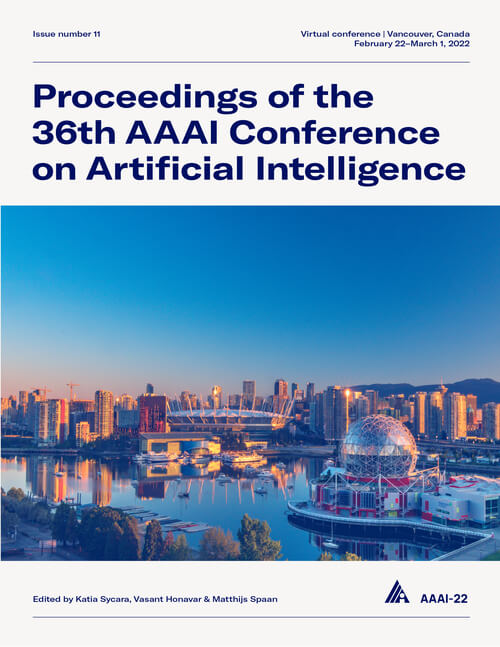A Computable Definition of the Spectral Bias
DOI:
https://doi.org/10.1609/aaai.v36i7.20677Keywords:
Machine Learning (ML)Abstract
Neural networks have a bias towards low frequency functions. This spectral bias has been the subject of several previous studies, both empirical and theoretical. Here we present a computable definition of the spectral bias based on a decomposition of the reconstruction error into a low and a high frequency component. The distinction between low and high frequencies is made in a way that allows for easy interpretation of the spectral bias. Furthermore, we present two methods for estimating the spectral bias. Method 1 relies on the use of the discrete Fourier transform to explicitly estimate the Fourier spectrum of the prediction residual, and Method 2 uses convolution to extract the low frequency components, where the convolution integral is estimated by Monte Carlo methods. The spectral bias depends on the distribution of the data, which is approximated with kernel density estimation when unknown. We devise a set of numerical experiments that confirm that low frequencies are learned first, a behavior quantified by our definition.Downloads
Published
2022-06-28
How to Cite
Kiessling, J., & Thor, F. (2022). A Computable Definition of the Spectral Bias. Proceedings of the AAAI Conference on Artificial Intelligence, 36(7), 7168-7175. https://doi.org/10.1609/aaai.v36i7.20677
Issue
Section
AAAI Technical Track on Machine Learning II

